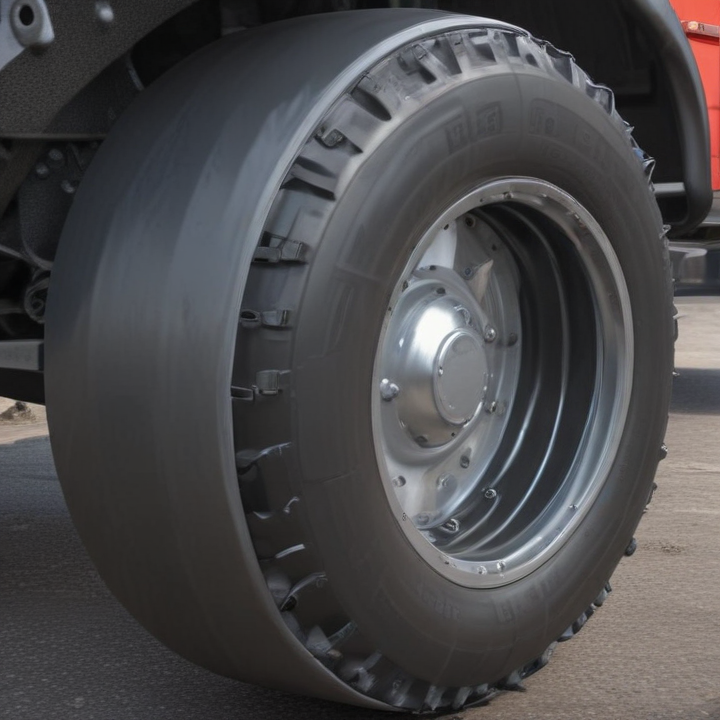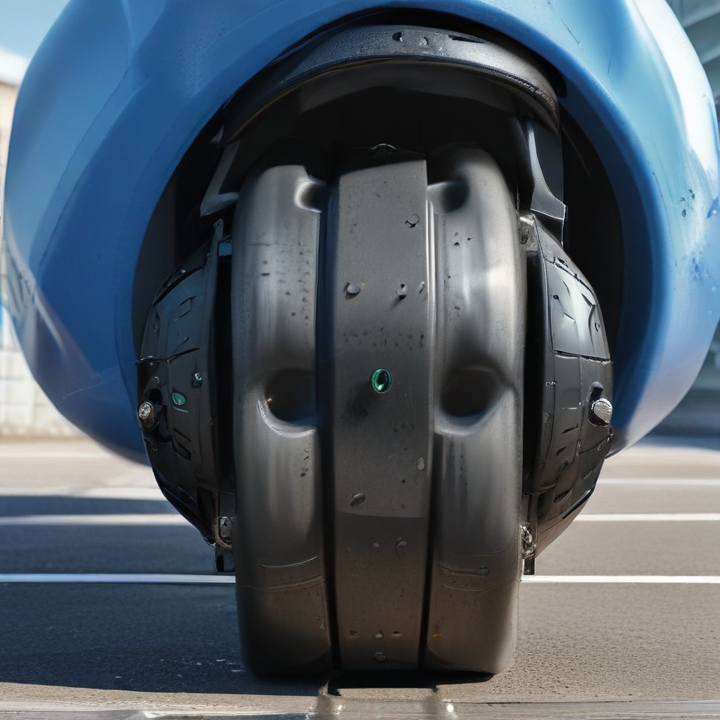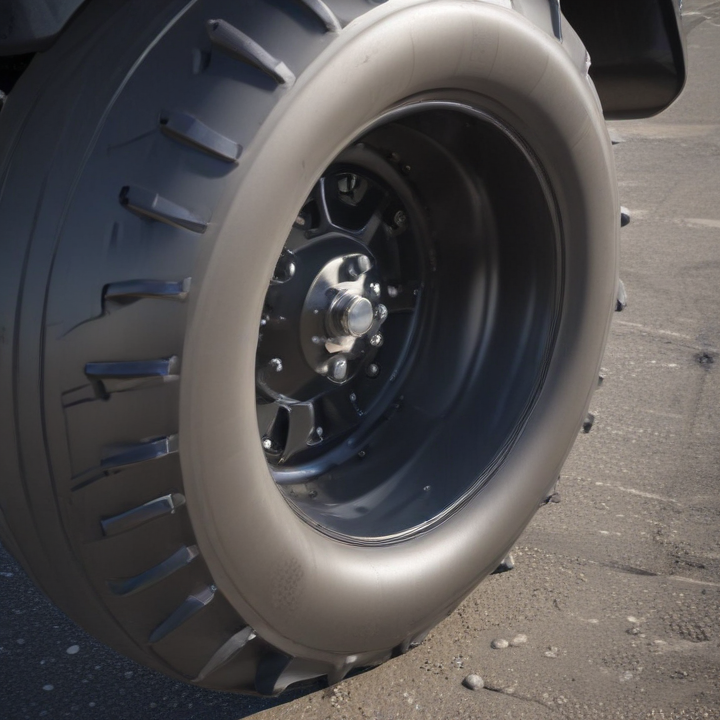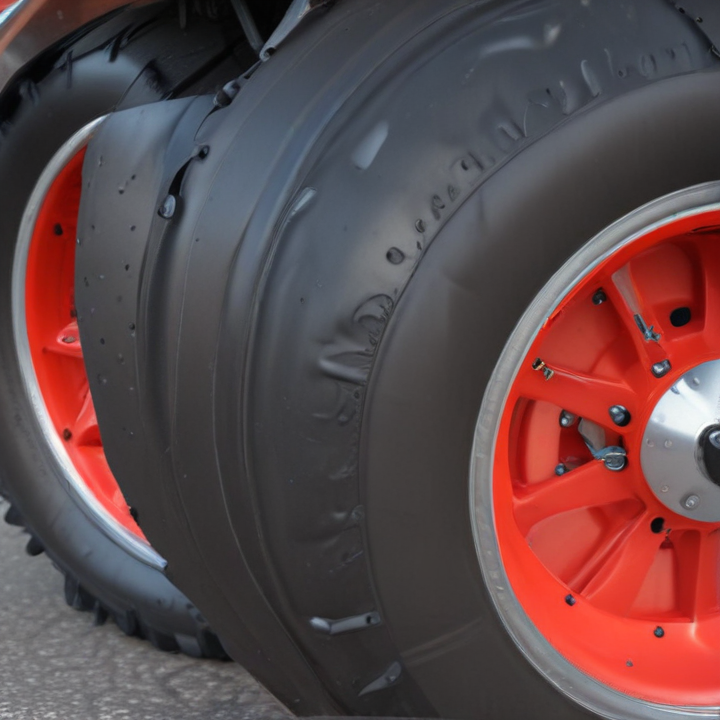pneumatic fender Safety Certifications
Pneumatic fenders, commonly used for ship-to-ship (STS) and ship-to-dock operations, must adhere to various safety certifications to ensure their reliability and performance. The primary certifications and standards include:
1. ISO 17357: This is the main international standard for high-pressure floating pneumatic rubber fenders. It specifies the requirements for material, construction, performance, and testing procedures to ensure safety and durability.
2. PIANC Guidelines: The Permanent International Association of Navigation Congresses (PIANC) provides guidelines for the design and use of fenders, ensuring they meet the necessary safety and performance criteria for marine operations.
3. BV (Bureau Veritas): BV certification ensures that the fenders meet international standards and regulations, focusing on safety, quality, and performance.
4. ABS (American Bureau of Shipping): ABS provides certification for fenders used in maritime environments, ensuring compliance with safety and engineering standards.
5. DNV GL (Det Norske Veritas and Germanischer Lloyd): This certification confirms that the fenders meet stringent safety, environmental, and performance criteria, ensuring their reliability in harsh marine environments.
6. Lloyd’s Register (LR): LR certification ensures that pneumatic fenders comply with international safety standards, focusing on material quality, design, and performance.
These certifications involve rigorous testing, including pressure, load, and fatigue tests, to ensure that the fenders can withstand extreme conditions and provide effective protection for vessels during berthing operations. Compliance with these standards ensures that pneumatic fenders are safe, reliable, and durable, minimizing the risk of accidents and damage in maritime operations.
List Reference Technical Parameters of “pneumatic fender”
Technical Parameters of Pneumatic Fenders:
1. Dimensions:
– Diameter (D): Typically ranges from 0.5m to 4.5m.
– Length (L): Usually between 1.0m and 12.0m (twice the diameter is common).
2. Internal Pressure:
– Generally falls within 50 kPa to 80 kPa for standard pneumatic fenders.
3. Performance:
– Energy Absorption (EA): Varies based on size; for example, a 1.5m x 3.0m fender might have around 200 kJ.
– Reaction Force (RF): The force exerted during deformation, dependent on fender size and internal pressure.
4. Weight:
– The weight of a pneumatic fender depends on its size; for example, a 1.5m x 3.0m fender might weigh around 500 kg when empty.
5. Material:
– Outer Layer: Thick rubber for abrasion and weather resistance.
– Inner Layer: Rubber with a specific degree of air-tightness.
– Tire-cord Layer: Reinforced synthetic tyre-cord layers to enhance durability and strength.
6. Testing Standards:
– Adherence to ISO 17357-1:2014 standard for high-pressure pneumatic rubber fenders.
7. Operating Temperature Range:
– Typically from −30°C to 50°C.
8. Accessories:
– End Fittings: Safety valves, chain-tyre nets, and metal rings.
– Protection: Additional layers or sleeves for enhanced protection in harsh environments.
9. Uplift (Vertical and Horizontal Load):
– Must withstand operational conditions specific to docking and berthing.
10. Service Life:
– Usually designed to last over 10 years with proper maintenance and handling.
Pneumatic fenders are critical in maritime operations, serving as buffers to prevent damage during ship-to-ship or ship-to-dock interactions. Their specifications must be precisely chosen based on vessel size, docking conditions, and environmental factors.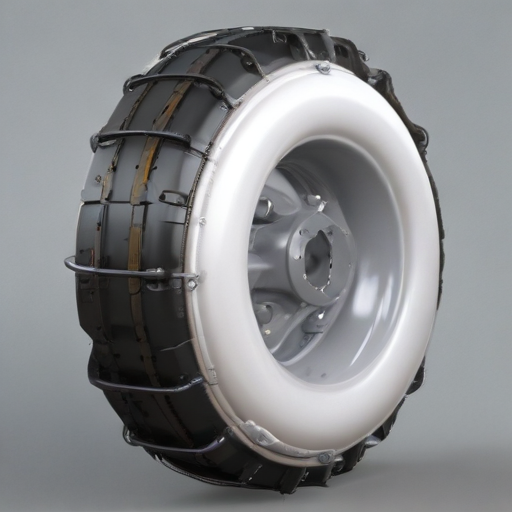
List Product features of “pneumatic fender”
1. High Energy Absorption: Pneumatic fenders offer superior energy absorption, reducing the impact force during vessel docking.
2. Low Reaction Force: They exert minimal reaction force, ensuring less stress on the docking structures and vessels.
3. Versatility: Suitable for a wide range of applications, including ship-to-ship transfers, ship-to-dock operations, and offshore structures.
4. Durability: Made from reinforced rubber and high-quality synthetic tire cord layers, ensuring long-lasting performance even in harsh marine environments.
5. Flexibility: Capable of absorbing energy even when compressed to 60% of their original size, providing consistent performance.
6. Easy Installation: Can be easily and quickly installed, adjusted, or relocated without needing special equipment.
7. Maintenance-Free: Require minimal maintenance, reducing operational costs and downtime.
8. Portable: Lightweight and easy to transport, making them ideal for temporary or emergency use.
9. Adaptability: Available in various sizes and pressure levels to accommodate different vessel sizes and operational requirements.
10. Safety: Designed to withstand high pressures, extreme temperatures, and rough sea conditions, ensuring the safety of vessels and crew.
11. Environmental Resistance: Resistant to ozone, UV radiation, and marine conditions, preventing degradation over time.
12. Cost-Effective: Long service life and minimal maintenance needs make pneumatic fenders a cost-effective solution for maritime docking and mooring operations.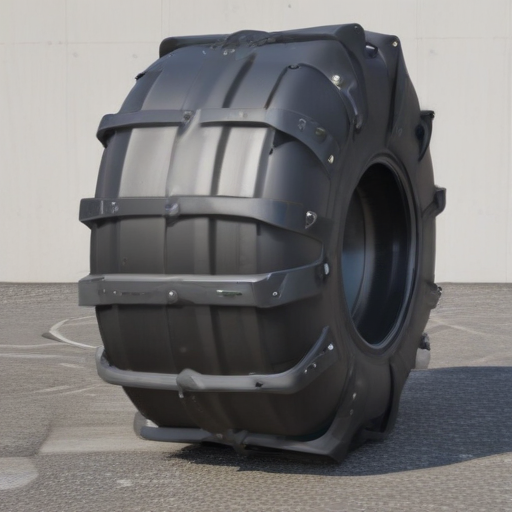
“pneumatic fender” Warranty and Support
The warranty and support for pneumatic fenders typically include the following aspects:
Warranty:
1. Duration: Most manufacturers offer a warranty period ranging from 1 to 3 years, depending on the quality and specifications of the fender.
2. Coverage: The warranty usually covers defects in materials and workmanship. This includes issues such as air leakage, abnormal wear, and structural failures.
3. Exclusions: Damage caused by improper use, accidents, or unauthorized repairs is generally not covered.
4. Claims Process: To make a warranty claim, you typically need to provide proof of purchase and detailed information about the issue. The manufacturer may require an inspection to determine if the problem is covered under warranty.
Support:
1. Technical Assistance: Manufacturers often provide technical support to help with installation, maintenance, and troubleshooting. This can include manuals, online resources, and direct customer service.
2. Repair Services: Some companies offer repair services either on-site or at their facilities. This may be covered under warranty or available as a paid service.
3. Spare Parts: Availability of spare parts is crucial for the long-term maintenance of pneumatic fenders. Manufacturers usually offer a range of spare parts for purchase.
4. Training: Some manufacturers provide training programs to educate users on the proper handling, installation, and maintenance of pneumatic fenders.
For specific warranty and support details, it’s best to consult the manufacturer’s official documentation or contact their customer service directly.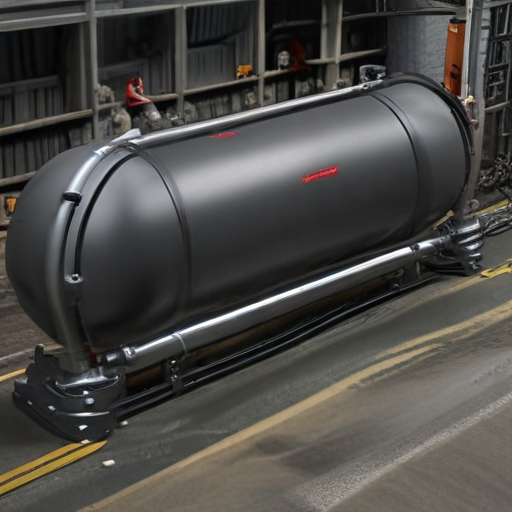
List “pneumatic fender” FAQ
Pneumatic Fender FAQ
1. What is a pneumatic fender?
A pneumatic fender is an inflatable rubber device used to prevent ships and boats from colliding with docks, piers, and other vessels. They absorb kinetic energy during berthing and mooring, providing a cushion that protects both structures and vessels.
2. How does a pneumatic fender work?
Pneumatic fenders work by utilizing compressed air within the fender to absorb impact. When a vessel comes into contact with the fender, the air inside compresses, allowing the fender to deform and dissipate the energy, reducing the force transmitted to the vessel and the dock.
3. What are the advantages of pneumatic fenders?
– High energy absorption
– Low reaction force
– Adaptability to tides and berthing angles
– Durability and long service life
– Suitable for large vessels
4. What types of pneumatic fenders are available?
The most common types are:
– Yokohama fenders
– Sling-type fenders
– Hydro-pneumatic fenders (for submarines)
5. What materials are pneumatic fenders made of?
Typically, they are made from synthetic tire-cord layers and rubber, which provide high tensile strength and resistance to abrasion and environmental elements.
6. How are pneumatic fenders maintained?
Regular inspection and maintenance include checking air pressure, looking for damage or wear, cleaning, and ensuring the fender is properly secured. Repairs should be performed promptly if any issues are found.
7. What sizes do pneumatic fenders come in?
Pneumatic fenders come in various sizes, ranging from 500 mm in diameter and 1000 mm in length to over 4500 mm in diameter and 12000 mm in length, depending on the application and vessel size.
8. Where are pneumatic fenders typically used?
They are used in various settings, including:
– Commercial shipping docks
– Offshore platforms
– Naval and military facilities
– Large yachts and leisure vessels
9. How are pneumatic fenders installed?
They are generally installed by hanging them from the vessel’s side or from dock structures using chains, ropes, or special mounting systems.
10. What is the lifespan of a pneumatic fender?
The lifespan can vary, but with proper maintenance, pneumatic fenders typically last between 10 to 15 years.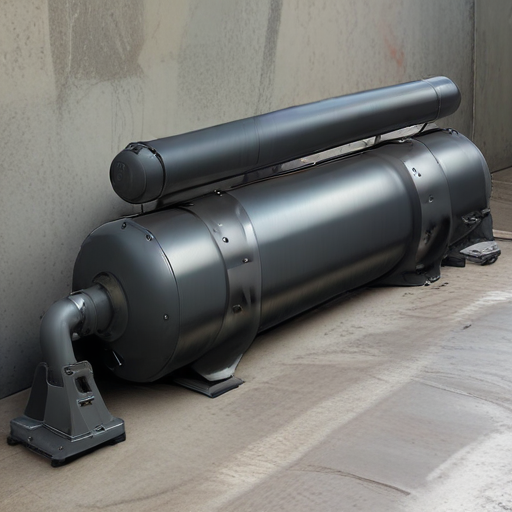
Top 10 FAQ with answer about pneumatic fender for Buyer Sourcing from China
Sure, here are the top 10 frequently asked questions (FAQ) about sourcing pneumatic fenders from China, along with their answers:
1. What is a pneumatic fender?
– A pneumatic fender is an inflatable, cylindrical rubber device used to protect ships and docks during mooring and berthing operations. They absorb kinetic energy and reduce the impact between vessels and docking structures.
2. What materials are used in pneumatic fenders?
– Pneumatic fenders are typically made from high-quality rubber and synthetic tire-cord layers, ensuring durability and resistance to harsh marine environments.
3. What sizes are available for pneumatic fenders?
– Pneumatic fenders come in various sizes, usually ranging from 0.5m to 4.5m in diameter and 1.0m to 12.0m in length. Custom sizes can also be manufactured to meet specific requirements.
4. How do I choose the right size and type of pneumatic fender?
– The choice depends on factors such as the size of the vessel, berthing conditions, tidal variations, and the docking structure. Consulting with the supplier or a marine engineer can help determine the appropriate specifications.
5. What certifications should I look for when sourcing pneumatic fenders?
– Look for certifications like ISO 17357, which ensures the fenders meet international quality and safety standards. Other relevant certifications might include ABS, BV, and CCS.
6. How long do pneumatic fenders last?
– With proper maintenance, pneumatic fenders can last anywhere from 10 to 15 years. Factors such as usage frequency, environmental conditions, and maintenance practices can affect their lifespan.
7. What is the typical lead time for manufacturing and delivery?
– Lead times can vary based on order size and customization requirements. Generally, it takes about 2-4 weeks for manufacturing and an additional 1-3 weeks for shipping, depending on the destination.
8. What is the minimum order quantity (MOQ) for pneumatic fenders?
– The MOQ varies by supplier but is typically around 1-5 units. Bulk orders may qualify for discounts and better pricing.
9. What should I consider regarding shipping and logistics?
– Consider factors like shipping costs, import duties, and delivery time. It’s advisable to work with a supplier experienced in international shipping and customs procedures.
10. Are there any after-sales services or warranties?
– Reputable suppliers usually offer warranties ranging from 1 to 3 years. After-sales services might include installation support, maintenance advice, and repair services.

